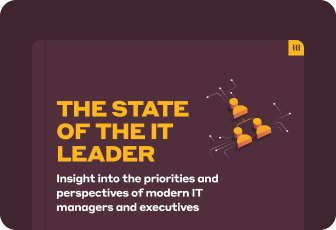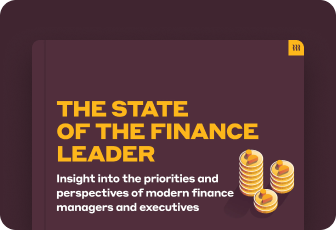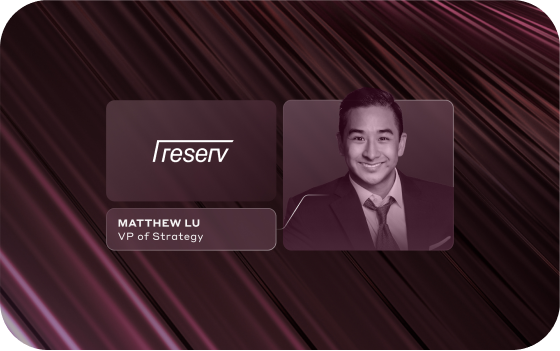Talent management is the strategic process of attracting, developing, retaining, and optimizing an organization's workforce to achieve business goals. It involves activities like recruitment, training, performance management, and succession planning.
What is talent management?
Put simply, talent management is the strategic HR practice of attracting, developing, and retaining employees that make an organization better. Talent management programs bring out the best in people, so they can bring out the best in their organization.
All facets of HR are impacted by a talent management program. Talent management teams and their processes are strategically essential in high-performing organizations, especially in today’s dynamic economic climate and competitive hiring market.
In well-run talent management programs, success begets success. Happier, higher-performing employees bolster an organization’s culture from the inside out—their work helps inspire the best from their colleagues. Soon their standard of work and perspectives become adopted organization-wide.
What is the best talent management strategy?
The most effective talent management strategies work to unify an organization’s goals with the personal and professional development of its talent, creating a positive feedback loop in which the growth of the individual is inspired by, and inspires business success.
A successful talent management strategy is broadly focused on:
- Identifying and recruiting the best talent from pools of suitable candidates
- Unifying the needs of the talent and the organization
- Retaining the best talent

Talent management programs bring out the best in people, so they can bring out the best in their organization.
Talent management strategies are most successful when they’re implemented across the employee spectrum—from prospective hires to organization veterans. Designing a strategy for broad employee categories is just the start, however.
Recruiting the best talent
Recruiting is, perhaps more than ever, the single most important component of a talent management strategy. If an organization doesn’t have the people, there is no talent to manage.
Over 4.5 million people in the U.S. willingly left their jobs in November 2021. That’s an increase of more than one million from November 2020. Those departures were triggered by a strong candidate market as well as the pandemic, not an economic downturn. The jobs are there, but people are not satisfied with their work.
Finding the right candidates amongst hundreds, even thousands of qualified individuals is a major challenge. Then, once those candidates are identified, they must be vetted properly — organizations don’t have the time or people power to hire a wrong fit. Organization and employee mismatches only cause more work for managers and often lead to employee departure.
Retaining the best talent
The Harvard Business Review (HBR), one of the world’s most trusted publications on business strategy and innovation, recently published a set of recommendations to boost employee retention during the great-resignation era. As they note, “...companies need to get on the same page with employees by reconceptualizing what it means to be part of their organization.”
Incentivize loyalty
Organizations must pay people enough to take the issue of compensation off the negotiation table. Bonuses, student loan assistance, and stipends to work from home are powerful options.
Provide opportunities to grow
Ensure, at every opportunity, that all employees have a job that makes the best use of their particular skills. As HBR notes, “...show current employees that you value them even more than potential new hires by providing them with new opportunities to grow and advance.”
Prioritize culture and connection
Research during the COVID-19 pandemic, HBR notes, has shown that “social connection has a significant impact on productivity.” While this may seem intuitive, the pandemic has provided many organizations with first-hand experience of just how vital workplace culture is to employee retention.
Care for employees and their families while embracing flexibility
The past two years have proved to millions that it’s possible to thrive while working remotely. It’s predicted that many employees will want to retain the ability to work remotely long after it is deemed safe to return to the office. It’s essential that organizations not only recognize this trend but embrace it.
Disclaimer: Rippling and its affiliates do not provide tax, accounting, or legal advice. This material has been prepared for informational purposes only, and is not intended to provide or be relied on for tax, accounting, or legal advice. You should consult your own tax, accounting, and legal advisors before engaging in any related activities or transactions.













































































































